How to practice playing Ukulele
With a thin fretboard and four strings, most people can easily learn how to play the ukulele. Learning how to play is simple, provided you take the time to practice. Some quick advices: Learn how to keep your ukulele tuned. Buy a digital tuner or use one online, if you wish to practice near a computer. Digital tuners will tell you if the notes are too high or too low, whereas with online tuners you will have to match the notes they produce using your ear. The more you tune your instrument, the faster you will be able to go through this process, and you will even learn how to tune it by ear. Choose a moment to practice, preferably every day. You can spend minutes or hours practising, but don’t stop doing it on a regular basis, if not you will not improve. Play slowly in the beginning. Whether[…]
Read More

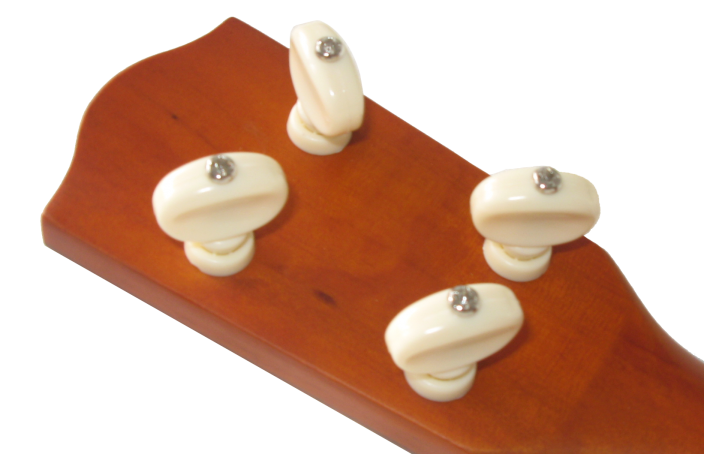
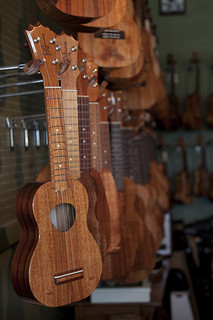

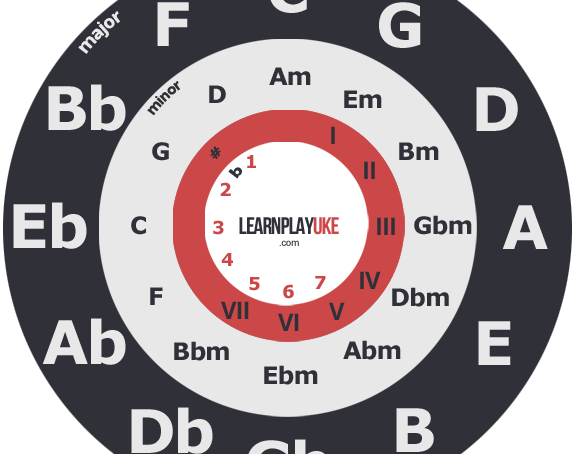
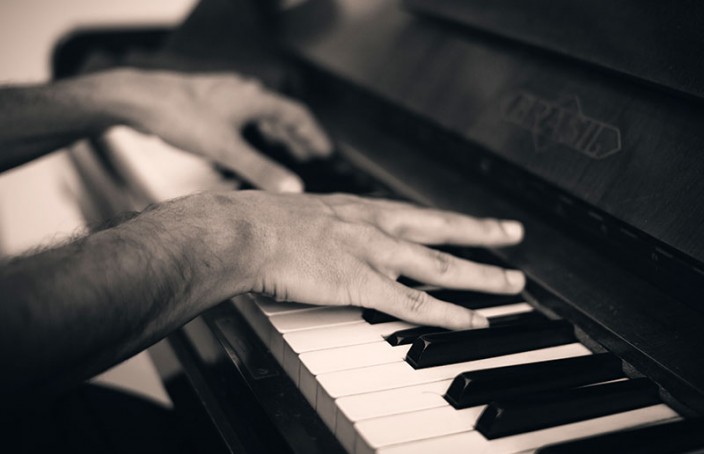
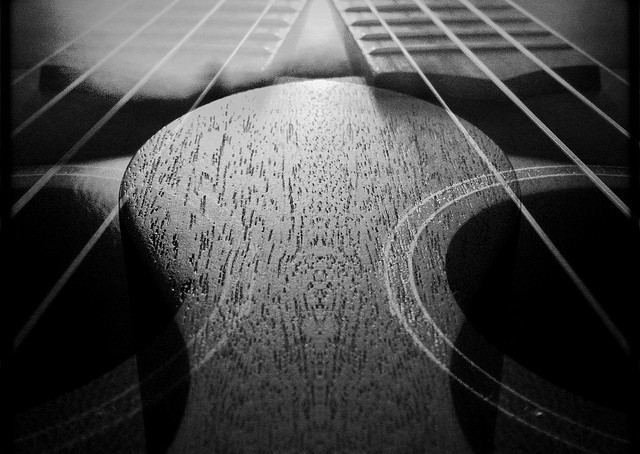
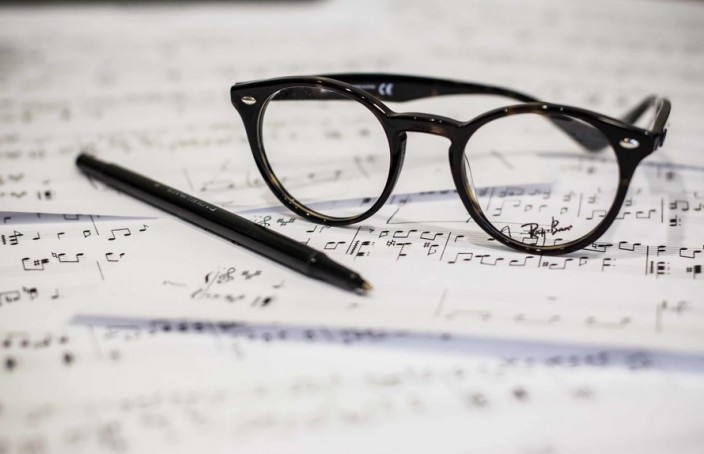
Thanks for finally talking about > How to practice playing Ukulele | Learn To Play the Ukulele < Loved it!